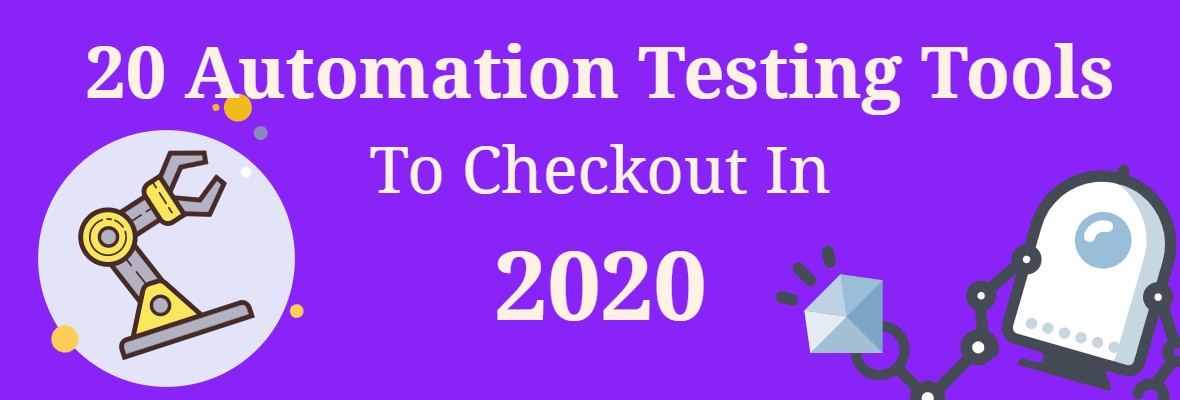Looking for Automation Testing Tools to try out? Here's our Top 20
You can’t simply develop software and release it in the market. Testing it is necessary to compare the test outcomes with its expected outcomes. And of course, mend it if there are bugs and glitches. Testing used to be a manual activity, but now technology is aiding it immensely.
Testing automation is the use of an automatic framework that carries out the testing needs of a software or application. It is a broad term that encompasses the entire testing management process. And no, it is not the same as automated testing or automation testing.
Why Testing Automation
Testing automation not only conducts testing but also tracks and manages the entire testing cycle. This aids the DevOps professionals to maintain a continuous and interactive approach to testing. As organizations are now moving towards continuous development and deployment, the need for testing automation is a no-brainer.
Test Automation Platforms and Frameworks
Testing, manual or automatic, often begins with test plans and test strategies. The test plan documents the scope and approach of testing, while the test strategy explains the design and procedure of the test to be conducted.
Cutting-edge test automation platforms are nowadays cloud-based and AI-driven. These platforms make the use of a variety of tools and processes that enable automated testing of an application. This framework of tools and processes enable the collaboration of codes and scripts within the project. Think of testing automation frameworks as the glue that binds the various testing sub-projects within the larger and common structures.
Automation Testing – an insight
Automated testing, on the other hand, is a more specific term that refers to the conducting of specific tests on test cases through automation. Once you select the test cases for automated testing, you have to select the test tools. These tools must be compatible with your application technology and other techniques as well as non-technical requirements. Along with the test tool selection, the designing of the testing scope and designing of the detailed testing strategy is conducted.
Automated testing is conducted through automation scripts. Input test data is fed into these scripts which then generate detailed test reports. It is the review of these scripts and their test reports eventually improve the software.
Purpose of Automation Testing
The use of automation testing tools in testing serves several important purposes.
Saves time – One of the obvious benefits of automated testing is the lower effort and costs involved. The test needs to be done with each development cycle and after code modifications. Manually testing the new version of the software or application across hardware configurations and operating systems can be quite time-consuming. Automating reduces the time taken and as a result the cost.
Improves feedback cycle – Glitches are identified and resolutions are reached sooner and the developers and designers are able to validate it early. Add to it the faster implementation of modifications, and automated testing increases the overall validation speed as well.
More accurate – Manual effort in repetitive tasks can lead to human errors, but automation almost certainly addresses that issue. Automated tests run on scripts and deliver the reports based on it, so it is precise each time.
Wider coverage – Automated testing is preferred when the DevOps team wants wider coverage from the tests. Automating testing tools can execute numerous tests in a single run and can look into the application with much more detail. Complex test runs requiring long hours can be easily done, and across multiple computers and configurations.
Its contribution in transforming the world into a super globe
As Jason Huggins, the founder of Tapster and co-author of Selenium, said, robotics is the long-term future in automated testing.
There is a pattern to every testing run, and automated software testing is all about documented scripts and reports. Machine learning techniques are relevant when it comes to identifying takeaways from past test runs. Similarly, Natural Language Processing (NLP) is a promising prospect when it comes to running queries on the test results, analyzing the reports, and root cause analysis. The future is also likely to see greater use of Artificial Intelligence tools and techniques to increase testing efficiency and test development time. By creating test data and test environments with the help of cutting-edge technology, the creation of a self-healing test automation environment doesn’t seem inconceivable. The Auto-resolution of issues without the need for debugging can change the dynamics of testing in the future.
List of Automations 2020
• 1 • Selenium is one of the most popular web automation tools. It is an open-source tool and its WebDriver comes handy in creating advanced automation scripts. Selenium can work on all leading Operating Systems and browsers, including headless browsers. As a testing framework, it acts as a reference point for many software testing tools.
• 2 • IBM Rational Functional Tester is ideal if you are looking for automated functional, data-driven, and regression testing. Its script assures technology ensures better testing efficiency and script maintenance. It is integrated with the IBM test management tool, Rational Quality Manager. Its Storyboard Testing feature records scripts as a series of screenshots that the tester can use to modify the scripts.
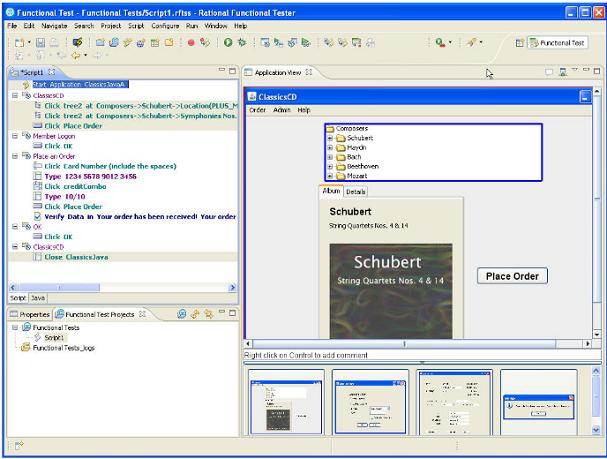
• 3 • Katalon Studio is an open-source automation testing tool that uses the Selenium and Appium platforms. It is a versatile tool used for API, web as well as mobile testing. It is compatible with all major operating systems, browsers, API services, and iOS and Android apps. Its versatility extends to its features as well. You can record actions, create test cases, and generate scripts, apart from executing the tests and generating reports.

• 4 • TestComplete gives you regression and parallel testing with cross-browser testing capabilities across desktop, mobile, and web-based applications. SmartBear Software’s development, TestComplete features include GUI testing, test visualizers, scripted testing, test record, and playback. Apart from multiple scripting language compatibility, you also get a script-free drag and drop functionality.

• 5 • Subject7 is ideal for non-coders who are looking for an easy to use automated testing software. It provides test automation capabilities through a series of commands that mimic user actions. Subject7 provides features like team collaboration, email notification, and video recording. It uses open-source tools like Selenium and Appium as the base.

• 6 • Appium is an open-source test automation framework that, like Selenium, is often used as a base tool by other frameworks. Its popularity is down to its cross-platform mobile automation testing capabilities which supports iOS and Android applications. For script writing, it allows the integration of the Selenium JSON writer.

• 7 • Ranorex provides a no-code interface but also has a comprehensive IDE interface for expert users. It provides solutions across desktop, mobile, and web-based applications. Ranorex provides all regular testing features like GUI recognition, reusable test codes, bug detection, and customizable reporting, and record and playback facilities. It has cross-browser testing and integrates with most leading integration tools.
_11zon.png)
• 8 • Telerik Test Studio supports various automation applications like HTML5, JavaScript, SilverLight, apart from iOS, and Android. It lets you execute continuous testing, parallel tests, and scheduled tests, with cross-browser and cross-platform support, and record and playback tools. It is an all-in-one framework that is used by over 4000 companies across the world.
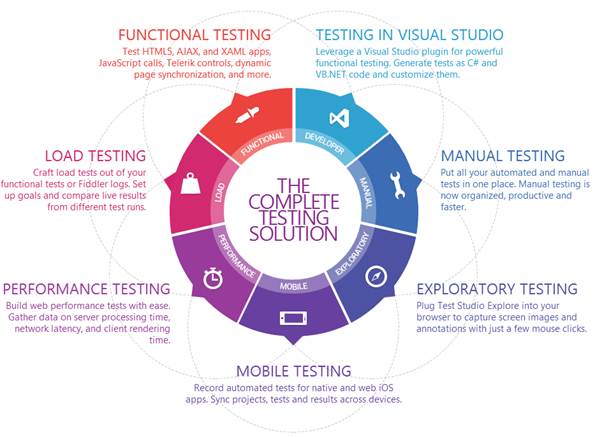
• 9 • WorkSoft Certify is the ideal choice for SAP and other enterprise platforms. It conducts tests on SAP projects in implementation, upgrades, or maintenance stages. It provides a reusable script option and offers test script maintenance through its central test object repository. With WorkSoft the client gets complex end-to-end testing capabilities. The continuous delivery and comprehensive DevOps support are possible through WorkSoft Certify.
• 10 • LambdaTest is a cloud-based testing tool that is suited for desktop and web-based applications. Its cross-browser testing platform offers compatibility with over 2000 browsers across several scripting languages. In LambdaTest, you get cloud-based interactive testing and automated screenshot testing across multiple combinations.
• 11 • TestCraft runs on the Selenium test platform and offers codeless testing capabilities. It doesn’t require programming knowledge and involves low maintenance costs due to its auto-adjusted scripts. It is AI-enabled which ensures faster creation and execution of testing tools. Bug identification and fixing are made faster in TestCraft with its CI/CD integration.
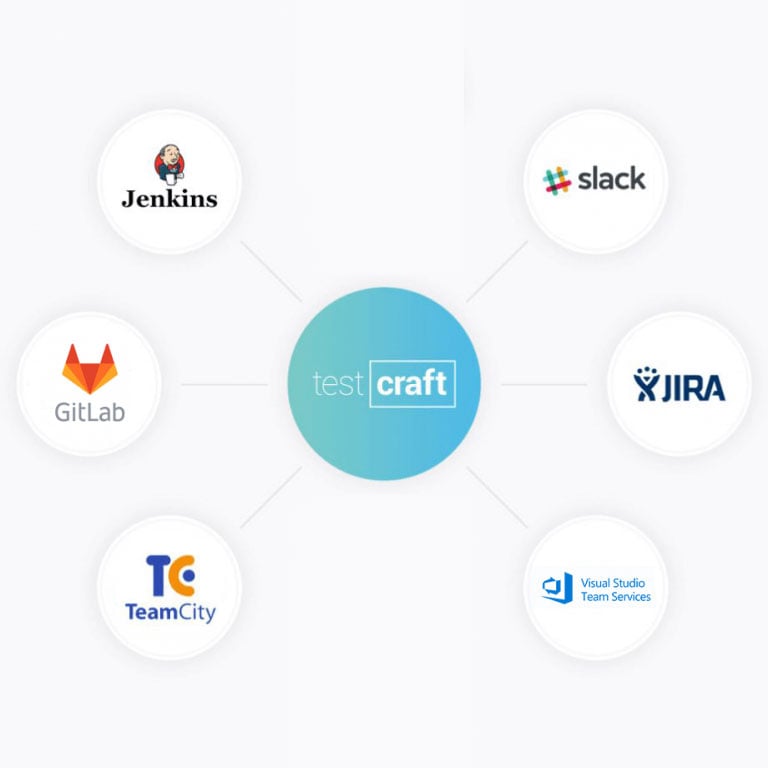
• 12 • Watir is the acronym for Web Application Testing in Ruby. Although its scripting language is Ruby, web apps developed in any language can be tested through it. It supports IE on Windows while the Watir + WebDriver supports other leading and headless browsers. It can connect databases and flat files, and offers the use of reusable test codes.
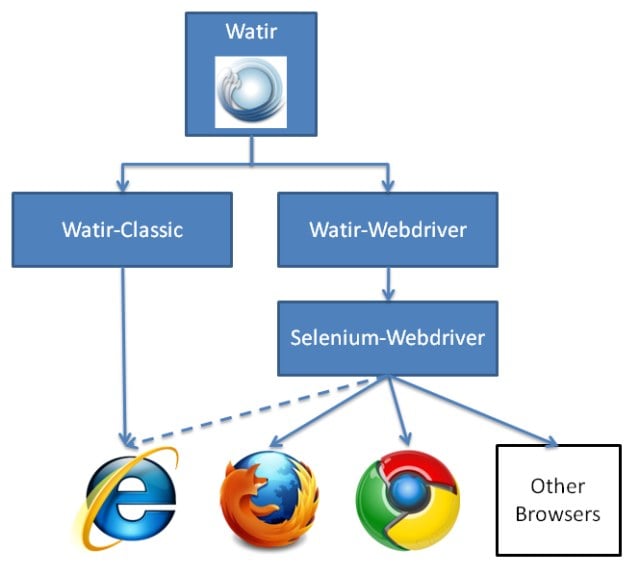
• 13 • QMetry Automation Studio is a popular testing and automation tool that is built on Eclipse IDE, Selenium and Appium. The scripts it uses include C++, JavaScript, VBScript, and Python. It supports mobile, mobile native, and web-based applications. The AI-powered QMetry Digital Quality Platform provides exhaustive test automation and quality analytics solution.
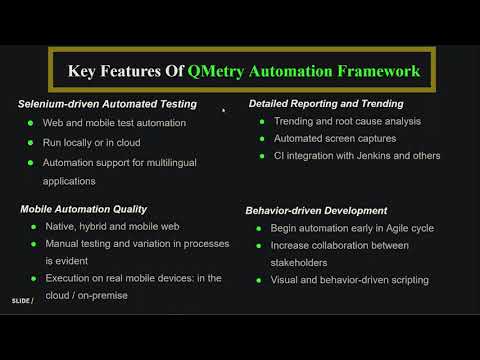
• 14 • Zeus Automation is a versatile framework that supports the testing of desktop, mobile, API, cloud-based, and web-based applications. It is AI-enabled and is a no-script tool that enables a single test to cover different types of applications. It allows CI/CD integration with DevOps tools that ensures better debugging and reporting.
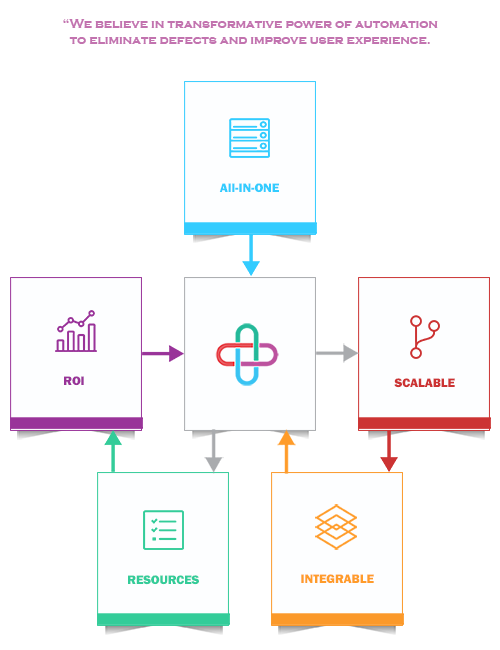
• 15 • Microfocus UFT is Hewlett Packard’s cross-platform testing tool that is now owned by MicroFocus. It has massive coverage in functional and regression testing automation. You can use it to test almost any platform, be it desktop, mobile, SAP, Oracle, Visual Basic, Java, PeopleSoft, StingRay, etc. Using VBScript, it integrates with HP’s Test Management Tool and Performance Testing Tool.
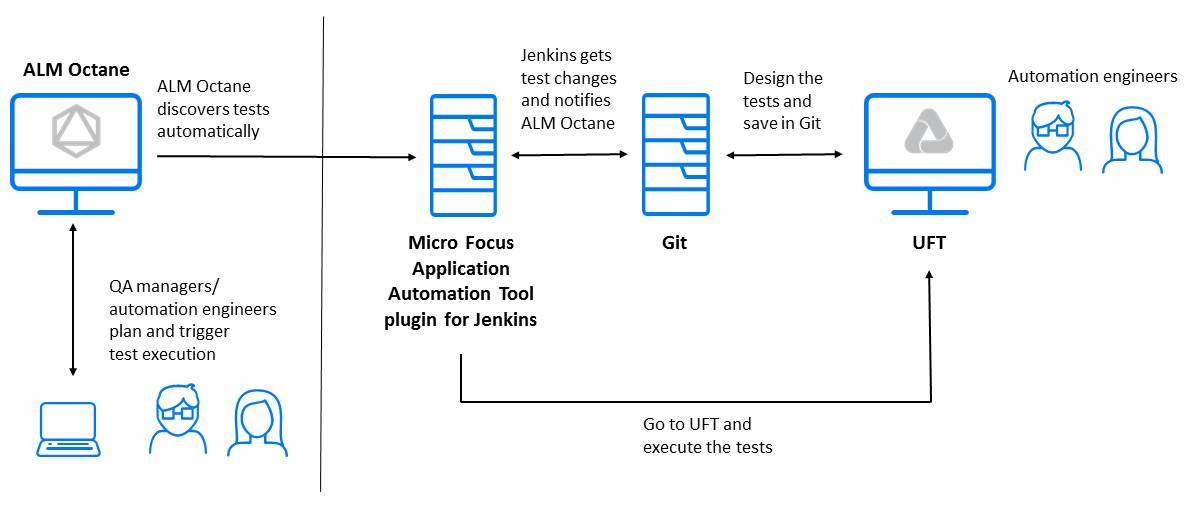
• 16 • Soap UI is a specialized testing tool for anyone looking to install automated API and services testing. It offers reusable test scripts and has a user-friendly drag and drop feature. It is an open-source testing tool that provides a testing framework for Representational State Transfers and Service-Oriented Architectures.
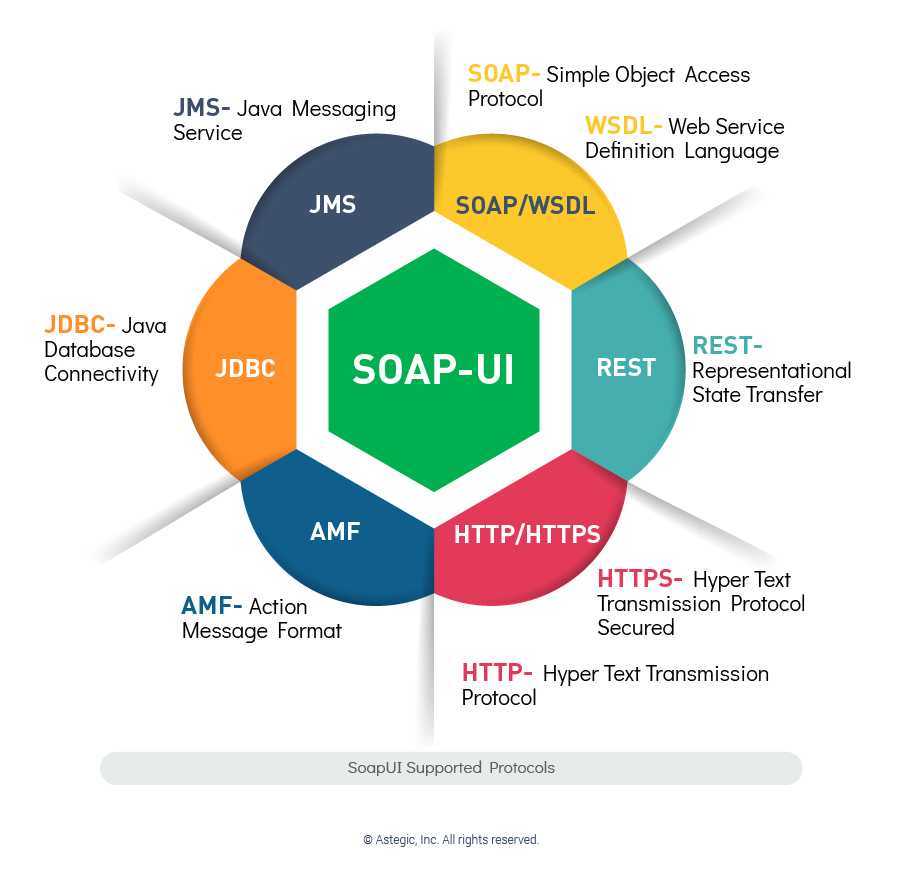
• 17 • Testing Whiz is a no-code testing tool that is compatible across the various application platforms. Testing Whiz is used for web-based testing, mobile, API, software, and database testing. It provides cross-browser testing with features like keyword testing, distributed testing, and data-driven testing. It integrates with bug tracking tools like Mantis and FogBugz, and test management tools like HQ Quality Center and Microsoft VSTS.
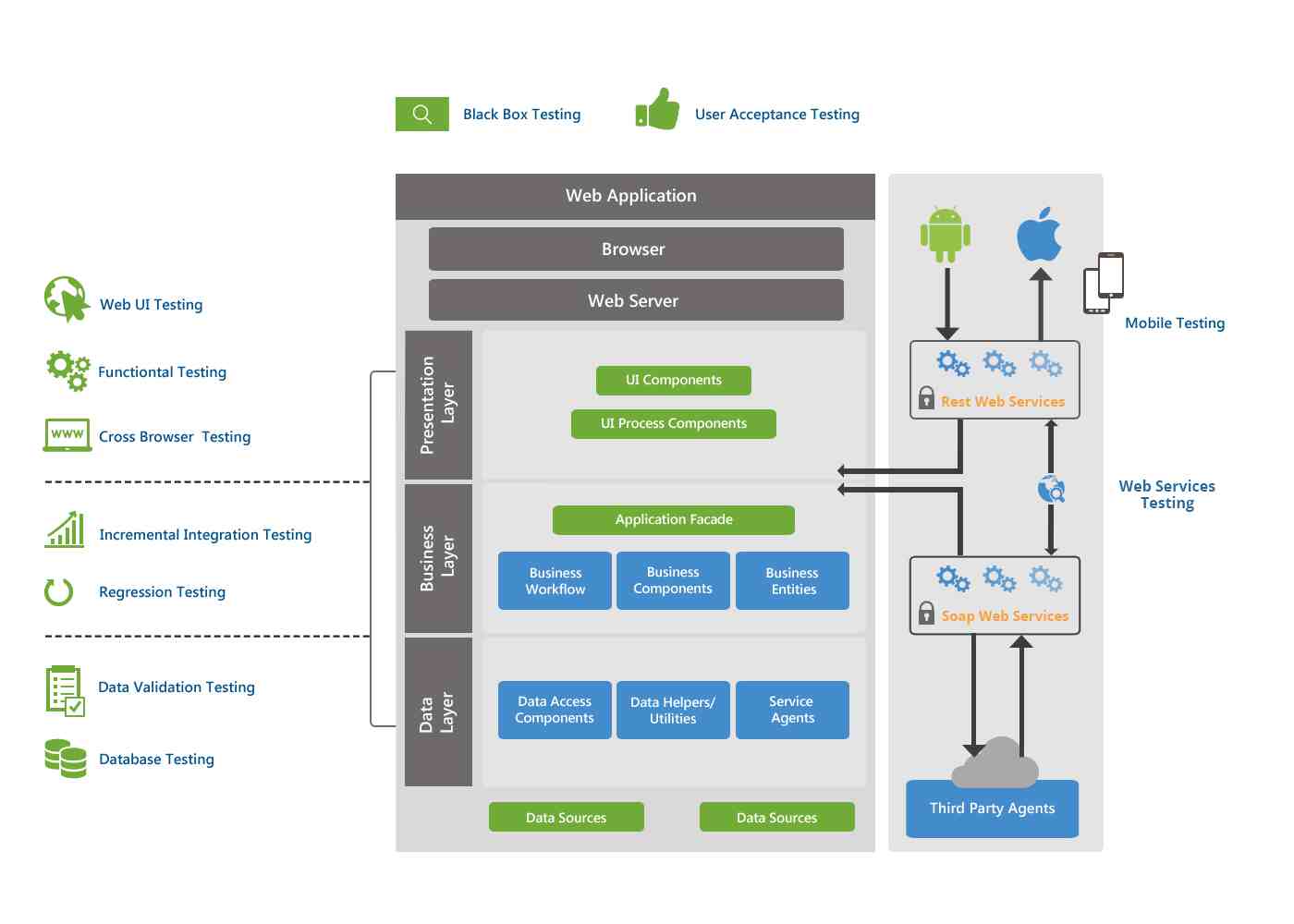
• 18 • Tosca Testsuite is a feature-rich testing solution by Tricentis. It is compatible across application platforms and provides functional and regression testing. It provides a broad testing toolset, and detailed analytics and dashboards. It is a licensed tool and boasts of a unique business dynamic steering feature.
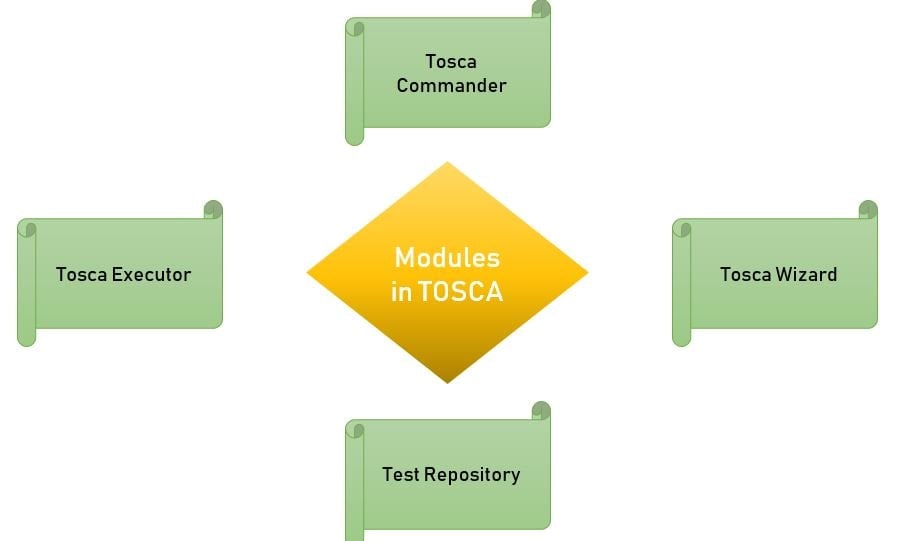
• 19 • Cucumber is a behavior-driven development (BDD) tool that supports several languages like Ruby, Groovy, Java, etc. It is used only for the web environment and uses simple English language test codes called Gherkin. Its use of English and the BDD framework makes it a very easy testing tool to use.
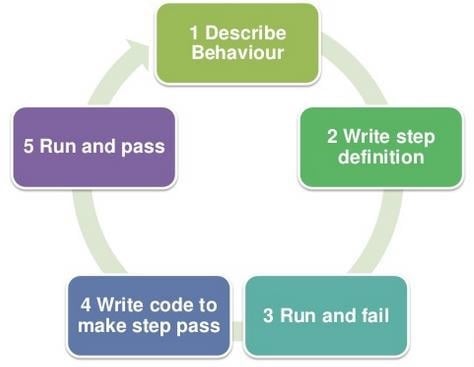
• 20 • Silk Test is a testing tool offered by MicroFocus and specializes in functional and regression automated testing. It has three different variants, Silk4J, Silk4Net, and Workbench, differentiated by the use of scripting language. It provides fast and high-quality testing execution with cross-browser support.
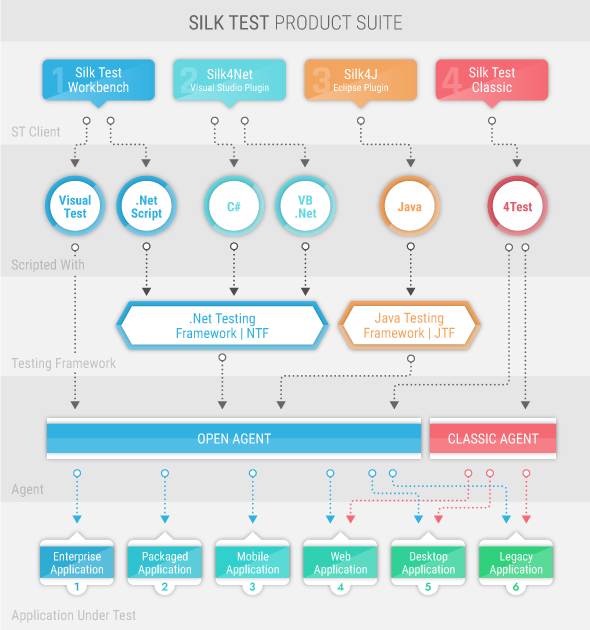
Conclusion
There are various other testing tools apart from the ones listed above. The tool that fits your requirement will depend on factors like the type of application, the choice of language, the level of testing expertise available, etc. Apart from knowing what is automation testing, you will also have to be clear about your specific needs as well. Besides, some are open source while others are licensed, so your budget is another important consideration. Whatever be the eventual choice, automated testing, and the installation of testing automation gives an immense head start to any upcoming or existing application.
Become a certified Quality Management Professional.
